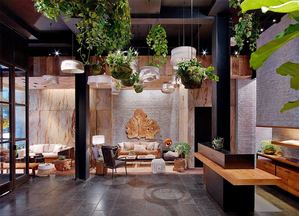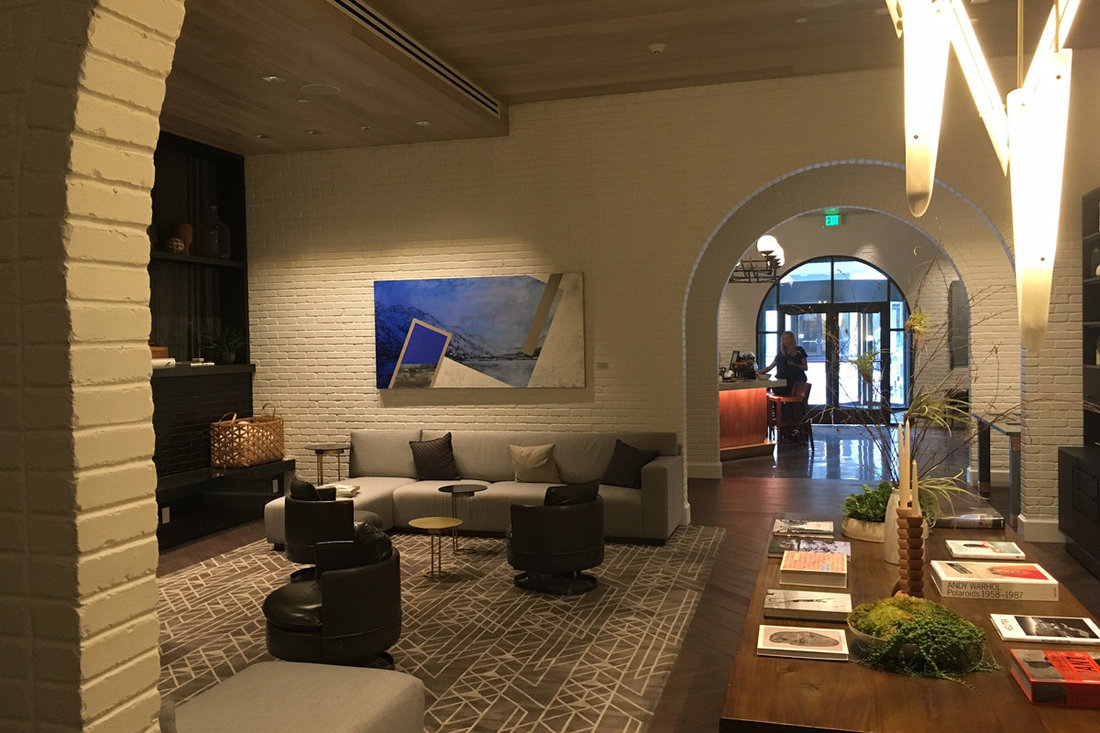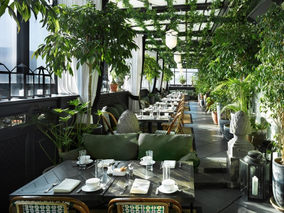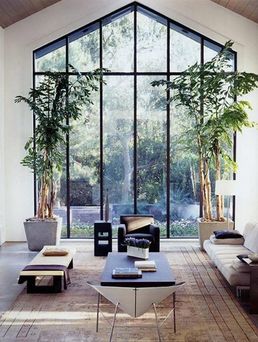|
A built environment focused on human-centered spaces requires a specific ambiance as determined by you the client: attitude, emotional response, and spirit of place. Ambiance is a particular feeling associated with a space. Considering the function of the space as a guide, your designer should use design elements that create the desired ambiance: color, texture, light, space, theme, and location. “Colors are the catalyst for feelings, molding moods, and enhancing our lives” (Eiseman) and their psychological effects require consideration. In creating a home-like mood hotels, restaurants, and hospitals are selecting organic tonalities and textures, with wood and stone, and adding fireplaces and water features (IIDA). Reproducing natural landscapes with natural daylight creates a calming familiarity. Biolyphic design tenants play an important role in creating the mood, the ambiance, and the "feel" of any space. Commercial spaces are replicating the outdoors and the cozy "at home" ambiance so you stay longer, spend more money, and return more often. Hospitals seek a comfort level that reduces your stress level and speeds your recovery. Do our homes actually reflect these design elements? They should.
1 Comment
|
Details
AuthorGeri loves to consume color through art, architecture, photography, and interior spaces of all built environments. She is a museum enthusiast. Exploring new places, cultures, and restaurants will always be a part of her life. Geri loves the creative process of cooking with natural fresh local ingredients and adores the beauty of colorfully plated food. Archives
July 2021
|





 RSS Feed
RSS Feed